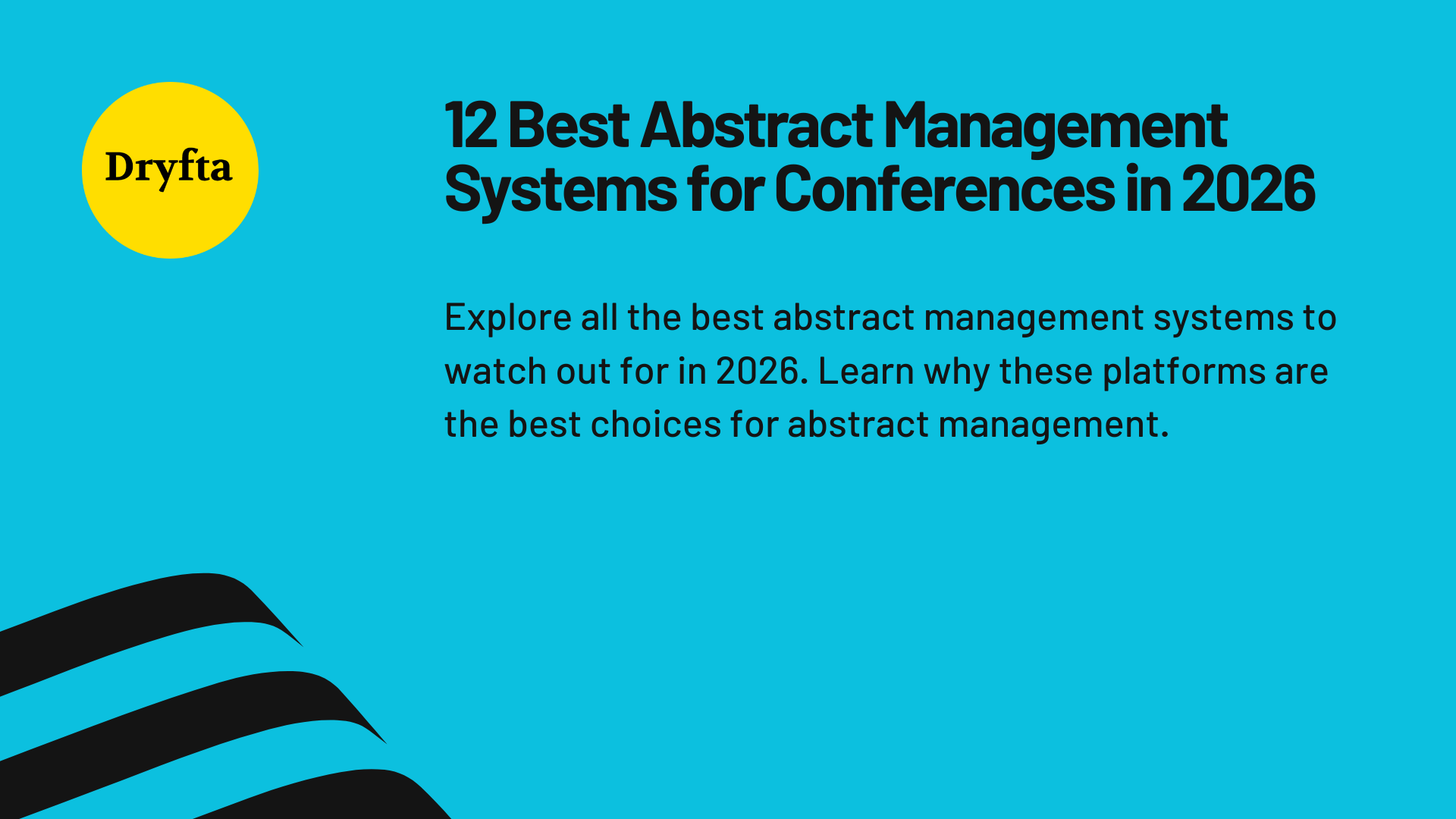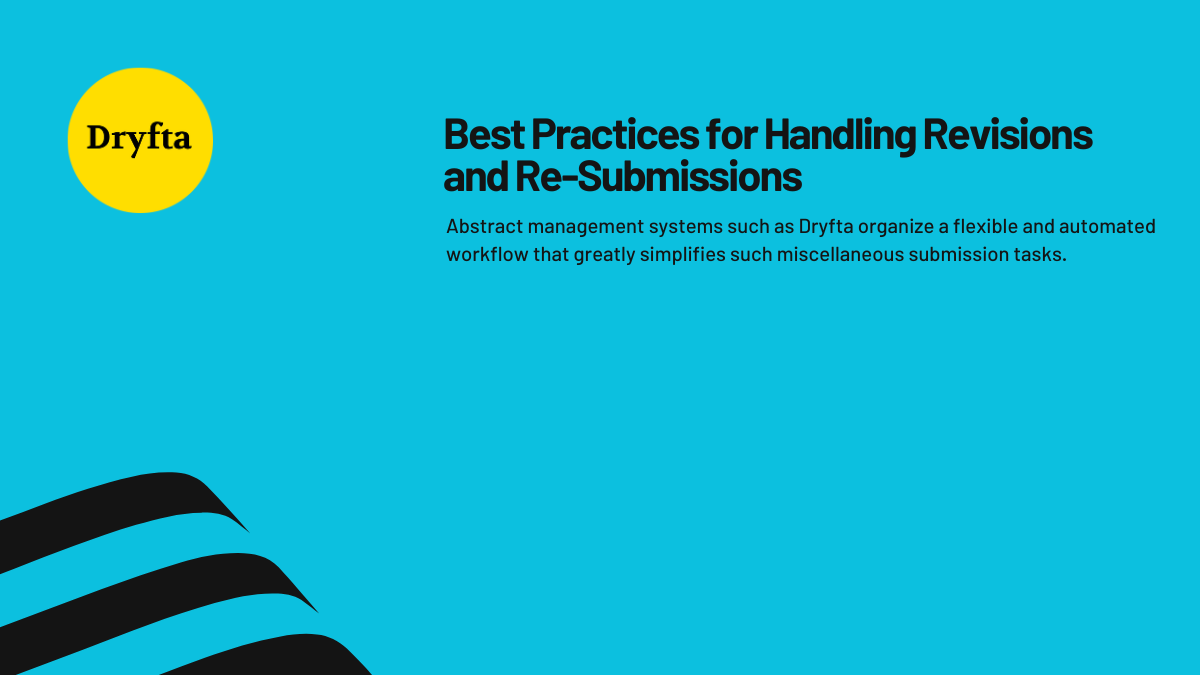
The academic conferences run on abstracts. These are brief proposals that determine who speaks, what gets discussed, and which research reaches the broader community. When the system for managing them breaks down, everything else falls apart. Deadlines get missed, and even the most potent submissions slip through review cracks.















